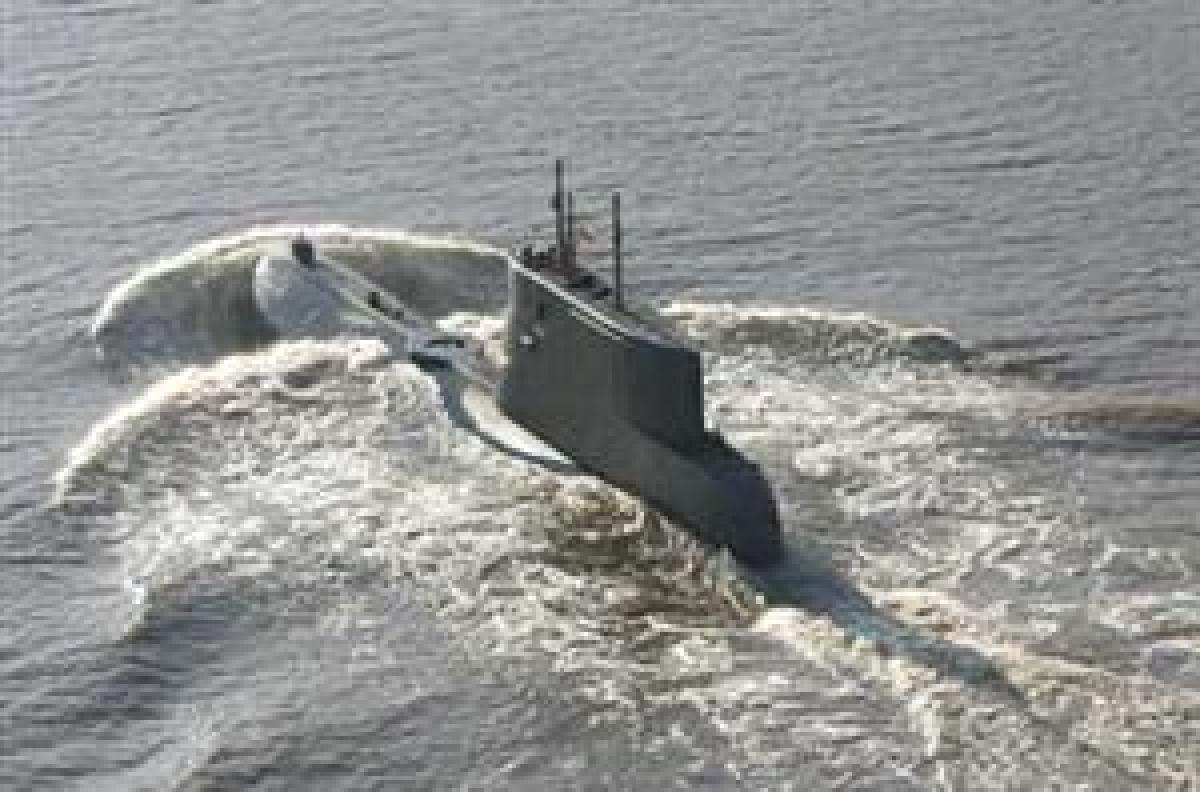During March 2005, what was reported by NATO as the "world's largest antisubmarine warfare (ASW) exercise" took place in the Ionian Sea. The annual exercise, dubbed Noble Marlin, included participation by submarine, surface, and air forces from Canada, France, Germany, Greece, Italy, Portugal, Spain, Turkey, the United Kingdom, and the United States. Six submarines, along with a number of surface ships, fixed-wing maritime patrol aircraft, and helicopters, took part in the exercise, proving that even in today's world of littoral operations and transformation, antisubmarine warfare is still a paramount concern for maritime forces around the world.
Though not taking part in the Noble Marlin exercises, Poland's ex-Norwegian Type 207-class submarine, the Bielik, began operating this past January as part of NATO's Operation Active Endeavor campaign again terrorism in the Mediterranean Sea. The deployment of the Bielik marks the first time since World War II that a Polish submarine has conducted regular operations in the Mediterranean.
Singapore's third Next Generation Patrol Vessel (NGPV), the frigate Steadfast, launched on 28 January 2005 at Singapore Technologies Marine in Jurong, Singapore. She will enter service in 2006, joining the Intrepid, the second unit of the class (also built locally), and the Formidable, the first of the class, which was constructed by DCN in France and launched in January 2004. A total of six frigates are expected to be delivered by 2009. Originally intended as a new class of corvettes, the program was delayed to incorporate new technologies, and the subsequent growth in size resulted in their reclassification as frigates. The design draws heavily from the French Navy's La Fayette-class program and incorporates significant signature-reduction enhancements and technology. Full load displacement for these warships is 3,200 tons. They measure 114 meters in length and are capable of traveling at 31 knots at full speed. Their range is 4,000 meters while cruising at 25 knots.
The first Greek Type 214 submarine, the Papanikolis is one of four air independent propulsion-capable submarines ordered by Greece between 2000 and 2002. The others are to be named Pipinos, Matrozos, and Katsonis, with the final unit due to enter service by 2010. The design is based on an expanded version of the Type 212 design with enhanced diesel generator capacity. The Papanikolis was built by Germany's Howaldtswerke, while the remaining three are being constructed at HDW-owned Hellenic Shipyard in Skaramanga. Work on the first of the Greek-assembled units started in early 2002. The submarines are fitted with an optronic, non-hull-penetrating periscope in addition to a standard, penetrating optical attack periscope. They have eight 533-mm bow torpedo tubes and carry a mix of wire-guided torpedoes and Harpoon antiship missiles. Capable of traveling 2-6 knots solely on fuel cell power, they normally carry a crew of around 30 sailors and officers. These boats will join the eight Type 209 variant submarines already in service with the Hellenic fleet.
Combat Fleets
By Eric Wertheim, Editor, <i>Combat Fleets of the World</i>




